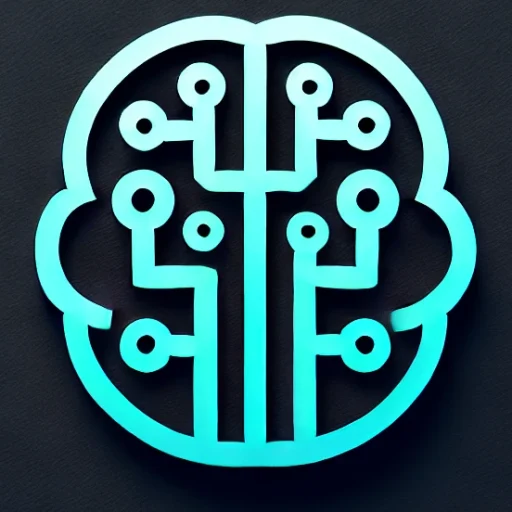
Introduction
In recent years, the field of artificial intelligence has witnessed groundbreaking advancements, but none as transformative as the rise of generative AI. This innovative subset of AI has captivated the imagination of technologists and industry leaders alike, offering unprecedented capabilities in creating content—ranging from art and music to text and software code. As generative AI continues to evolve, its potential to revolutionize industries and reshape the future cannot be overstated.
Key Insights & Latest Advancements
Generative AI stands out due to its ability to produce new data by learning patterns from existing datasets. At the core of this technology are models like Generative Adversarial Networks (GANs) and transformers, including OpenAI’s GPT (Generative Pre-trained Transformer) series. These models have made significant strides, with the latest versions demonstrating remarkable proficiency in generating human-like text, creating realistic images, and even composing music.
The advancements in generative AI have also been accelerated by improvements in computational power and the availability of large-scale datasets. These factors enable models to train on a broader range of inputs, improving their versatility and output quality. State-of-the-art generative models are now capable of performing tasks that once seemed exclusively human, from crafting compelling narratives to producing intricate designs.
Real-World Applications
The applications of generative AI span multiple industries, offering innovative solutions and efficiencies. In the creative arts, visual artists and musicians are using AI to co-create works, pushing the boundaries of traditional art forms. The fashion industry leverages AI to design new clothing lines, predicting trends and personalizing consumer experiences.
In health care, generative AI aids in drug discovery by simulating complex biological processes, thereby speeding up research and development phases. The technology is also being used to generate synthetic medical data for training purposes, enhancing privacy while maintaining data utility.
Moreover, in the field of software development, generative AI models assist in coding by predicting and generating code snippets, reducing developers’ workload and accelerating product development cycles.
Challenges & Future Outlook
Despite its potential, generative AI faces significant challenges. One of the primary concerns is the ethical implications of AI-generated content, which can be used for malicious purposes, such as deepfakes or misinformation. Ensuring the ethical deployment of generative AI requires robust policies and frameworks that address these risks.
Another challenge lies in the model’s interpretability and bias. Understanding how these models generate content and ensuring they do not perpetuate existing biases is crucial. Researchers are actively exploring methods to enhance transparency and fairness in AI outputs.
Looking ahead, the future of generative AI is promising but demands cautious optimism. Continued research and collaboration across disciplines will be essential to navigate the ethical and technical challenges, ensuring this technology realizes its potential to benefit society.
Conclusion
Generative AI is undeniably one of the most impactful advancements in the field of artificial intelligence, pushing the boundaries of what machines can create. Its applications are vast, touching industries from art and fashion to healthcare and software development. However, as with any powerful tool, generative AI requires responsible and ethical use to mitigate potential challenges.
As we stand on the brink of a new era shaped by AI creativity, it is imperative for stakeholders to work together in fostering innovation that aligns with societal values. By doing so, we can harness the full potential of generative AI to drive progress, spark creativity, and solve some of the world’s most pressing challenges.

